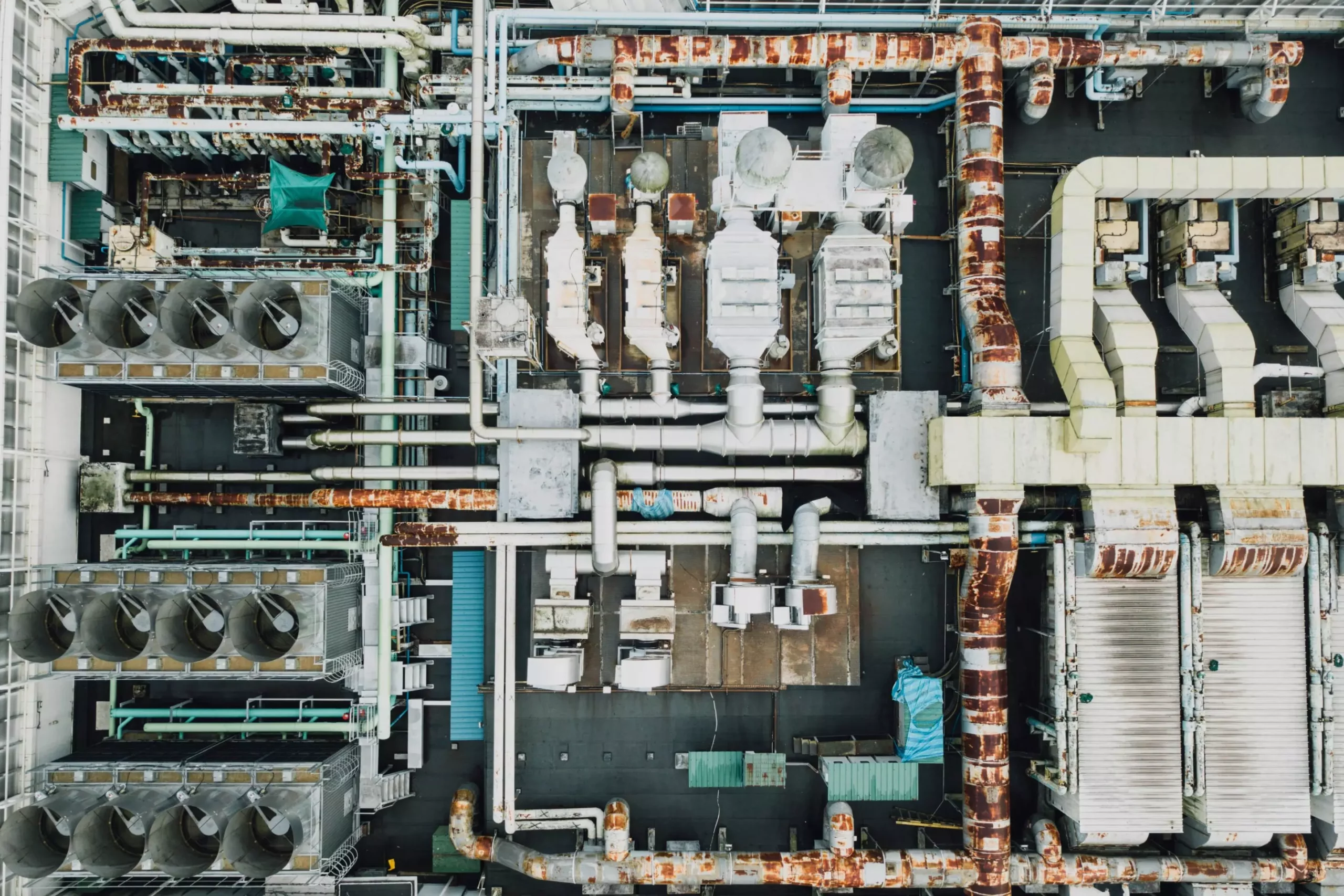The Universitat Jaume I of Castellón stands at the forefront of robotics with its groundbreaking development of a modular and lightweight manipulator robot. This innovative technology is engineered to operate in environments deemed hazardous to human health. By integrating a remote control station equipped with 3D perception capabilities and sophisticated simulation software, the IRS group aims to address challenges faced in critical inspections, particularly in the areas of plastic pipeline monitoring using enhanced probing techniques and artificial vision.
The utility of this robotic system is particularly pronounced in high-stakes settings such as particle accelerators and nuclear facilities. These environments face significant risks, and safety protocols dictate that direct human intervention be minimized wherever possible. The newly developed robot serves not only as a means of enhancing operational efficiency but also as a protective measure for human personnel through remote inspections. The adaptability of the robot allows it to be utilized in varied contexts, ranging from industrial applications to educational endeavors and support operations in healthcare settings, particularly those dealing with infectious diseases.
The recent technological advancements feature several key enhancements that distinguish this manipulator robot from its predecessors. The integration of the Robot Operating System (ROS) allows for a more versatile setup through a server that supports multiple clients, enabling customized configurations for specific missions. This flexibility ensures that robotic operations can be tailored to meet the unique demands of each scenario. Hardware improvements, such as advanced wireless communication and energy-efficient design, ensure that these robots operate reliably without incurring high operational costs, thereby promoting accessibility for broader applications.
The development of this robotic technology is part of a larger European initiative known as “EU H2020 El-Peacetolero.” This project brings together a consortium of universities and research institutions dedicated to the advancement of electronic solutions in diagnostic methods for polymer materials. The collaborative effort exemplifies the significance of collective innovation in driving scientific progress. Future applications of this technology will emerge through partnership agreements with industrial stakeholders, leading to commercialization through licensing processes, thereby translating research into real-world solutions.
Beyond technological advancements, the Universitat Jaume I has made a commitment to fostering scientific and technological transfer. Through initiatives led by the Cooperation and Technological Development Office, the university seeks to bridge the gap between research and application. Their focus on disseminating knowledge across various fields not only enhances the societal impact of their technological innovations but also ensures that advancements in robotic systems contribute to a safer and more efficient interaction with our ever-evolving industrial and healthcare environments.
This dedication to the synergy between research, innovation, and practical application highlights a strategic vision that is essential for progress in modern robotic technologies.

